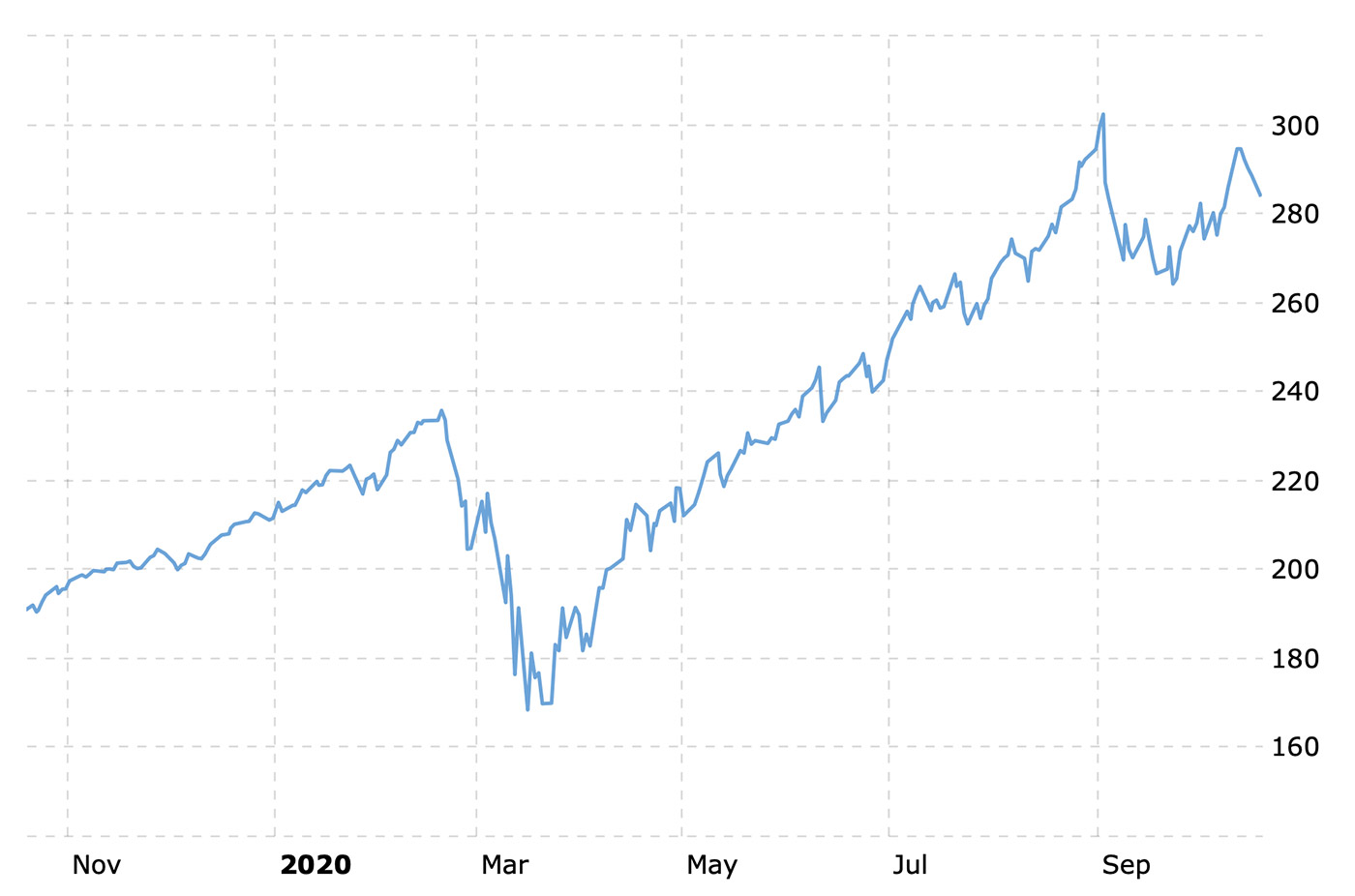From Aristotle to active investment management
From Aristotle to active investment management

Active investment management is consistent with the tenets of behavioral finance, as well as with sound financial planning that seeks to help investors reach their long-term objectives.
Over 2,500 years ago, in what may have been one of the earliest examples of behavioral finance theory, ancient Greek philosopher Aristotle is reported to have said the following regarding the achievement of success:
To my way of thinking, this captures much of the essence of modern behavioral finance theory: helping investors define clear goals, acquire knowledge (“wisdom”) around the many investing pitfalls that can derail the best investing intentions, and pursue a well-defined process (or “means”) to keep a long-term investment portfolio on track.
Far more recently, well-known figures in the history of the financial markets have provided their own takes on the psychology of markets and their participants.
One of these was Benjamin Graham, author of classics on fundamental and value equity investing, including the renowned book, “The Intelligent Investor” in 1949. He wrote,
And, of course, Warren Buffett has offered many observations on market psychology over his long career. Although he has other far more popular quotes, this one resonates from a behavioral finance perspective:
“The most important quality for an investor is temperament, not intellect. You need a temperament that neither derives great pleasure from being with the crowd or against the crowd. … What you need is the temperament to control the urges that get other people into trouble in investing.”
BehavioralFinance.com provides this brief overview of the current state of behavioral finance theory:
“The groundbreaking work of psychologists Daniel Kahneman and Amos Tversky in the 1970s-1980s and the follow-on psychological research that has been conducted over the last three decades have revealed striking insights on the complex ways in which the human mind operates. This research identified pervasive, [deep-seated], subconscious biases and heuristics that occur in human decision-making, and revealed an entirely new perspective on why we behave as we do.
“While these revelations have their origins in psychology, they hold such important implications for the world of finance that Kahneman was awarded the Nobel Prize in Economics. With the addition of recent Nobel Laureates Robert Shiller (2013) and Richard Thaler (2017), a total of six Nobel prizes have now been awarded for behavioral research. The body of work that has ensued thus represents an entirely new field of endeavor, referred to as behavioral finance and economics. The applications of behavioral science to finance are now broad and well researched. … Nonetheless, behavioral finance is still young and is only now beginning to make its way into mainstream academia, industry and society.”
Back in August, we published an article that noted how 2020 has been somewhat like a master class, or real-time laboratory, in illustrating some classic concepts of behavioral finance in a compressed time frame.
Although much has changed since then, the basic premise behind that article holds true, with investors still having to navigate the unprecedented COVID-19 era, market volatility at relatively high sustained levels compared to historical norms, and the upcoming prospects of one of the most contentious election seasons in decades.
A major example of 2020’s volatility has been seen in the performance of the NASDAQ 100 ETF (QQQ). This year, QQQ had a rapid decline of over 30% from February highs into March, a stunning advance of over 80% over the next five months, another loss of almost 15% in September, and then a rebound rally of about 10%. In fact, around the time of the most recent QQQ lows on Sept. 21, Business Insider noted, “Investors are fleeing technology stocks at a pace not seen since the dot-com bubble of 2000. They pulled $3.5 billion out of the popular Invesco QQQ Trust Series 1 ETF. … That marked the biggest daily outflow since October 2000.”

Sources: Market data, macrotrends.net
Against this background, financial advisors are increasingly recognizing the importance of behavioral finance theory in guiding their clients. Many are taking continuing education courses in this discipline or going one step further to earn a specialized certification. We have also seen more coaches for financial advisors making this an important facet of their coaching program, or becoming specialists in the behavioral finance area.
Not surprisingly, a recent readership survey we conducted for Proactive Advisor Magazine showed that advisors are very interested in the topic of “applied behavioral finance.” (You can find numerous articles on the topic by respected academics, financial journalists, and investment managers in Proactive Advisor Magazine.)
Think Advisor reported recently,
“According to the second edition of an annual survey from Charles Schwab Investment Management (CSIM) and the Investments & Wealth Institute, conducted by Cerulli Associates, 81% of over 300 advisors said they’re using behavioral finance techniques in client communications and interactions, compared to 71% a year ago. … The big increase in advisors’ use of behavioral finance in client communications reflects their intensified efforts to help clients deal with the increased market uncertainty and life overall in this pandemic year, according to the Cerulli report. … Advisors using behavioral finance techniques were more engaged in tax-loss harvesting and increasing allocations to active managers than non-users. The latter focused more on reducing investment risk and increasing downside protection. …”
To this point about the value of active investment management from a behavioral finance perspective, a study from the nonprofit CFA Institute Research Foundation titled “Behavioral Finance—The Second Generation” notes,
Richard Lehman, a professor of behavioral finance and founder of BehavioralFinance.com has noted in another article for our publication,
“Most investors do not behave in ways that are consistent with the theoretical benefits of long-term passive investing. They will likely be better served by an actively managed approach. …
“Risk tolerance and the desire for control are not constants among the investing populace, and behavioral studies also show that they vary with age, wealth, and life circumstances, not to mention the market environment. Many investors need tailored, flexible strategies that can dial the risk level up or down according to the variables mentioned above, getting more defensive or aggressive as conditions warrant. In most cases, active managers can supply these strategies better than the individuals themselves.”

Many active managers with a holistic portfolio management approach consider risk management at the core of their investment philosophy—seeking market opportunity but always keeping a close eye on mitigating risk.
This can result in multiple benefits to investors:
- The confidence that their portfolio is working continuously to smooth out volatility.
- The long-term compounding advantage of helping avoid deep portfolio losses.
- Access to sophisticated risk-management tools in an investment strategy that is customized to their risk tolerance.
While we may all like to be market geniuses or experts on investment theory, that is really not necessary.
What is critical, as Aristotle, Graham, and Buffett suggest, is having a disciplined process—one that helps take emotions out of the equation. This is not only consistent with the tenets of behavioral finance but also with sound financial and investment planning that seeks to help each investor reach his or her long-term objectives.
 David Wismer is editor of Proactive Advisor Magazine. Mr. Wismer has deep experience in the communications field and content/editorial development. He has worked across many financial-services categories, including asset management, banking, insurance, financial media, exchange-traded products, and wealth management.
David Wismer is editor of Proactive Advisor Magazine. Mr. Wismer has deep experience in the communications field and content/editorial development. He has worked across many financial-services categories, including asset management, banking, insurance, financial media, exchange-traded products, and wealth management.
